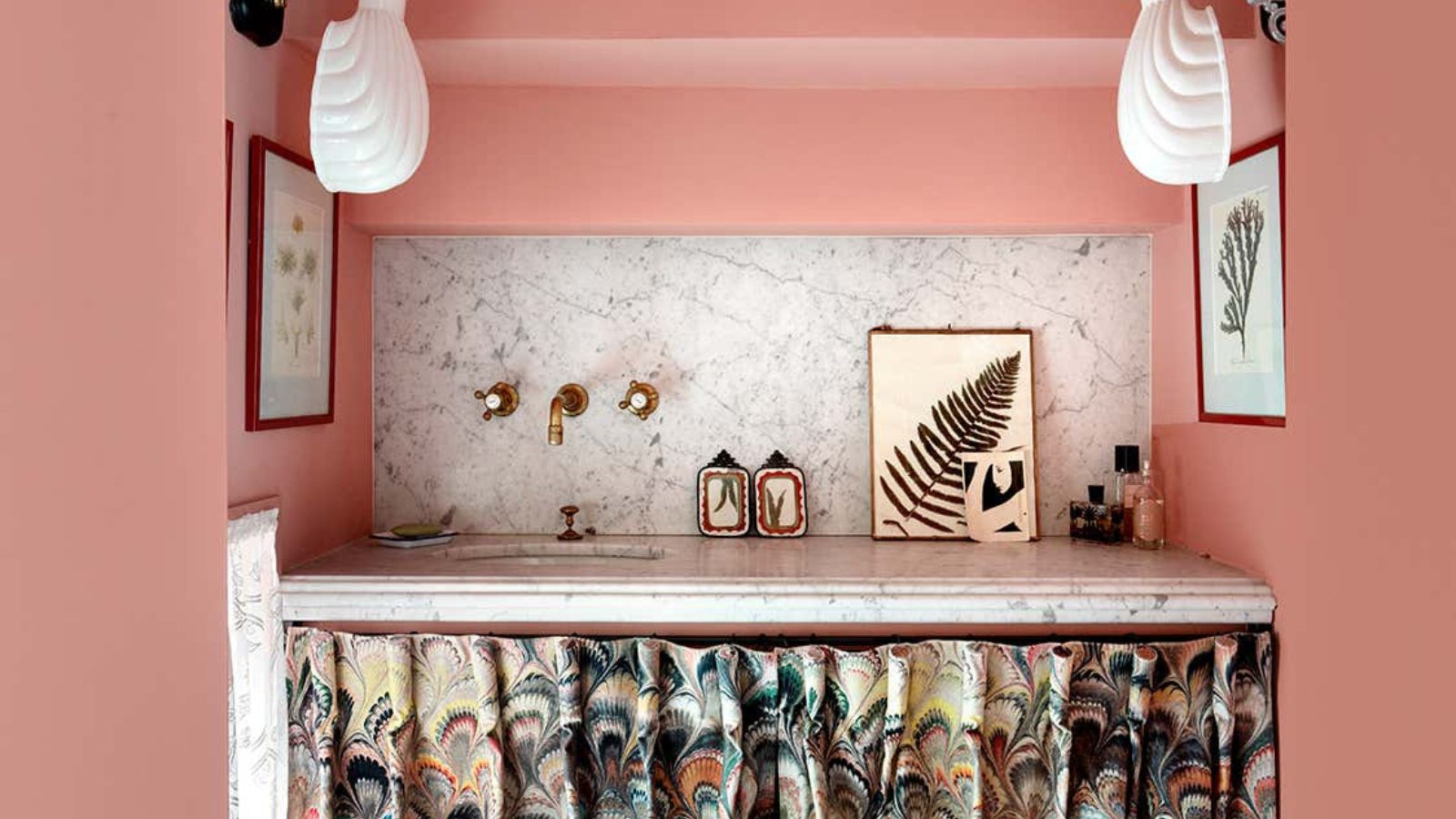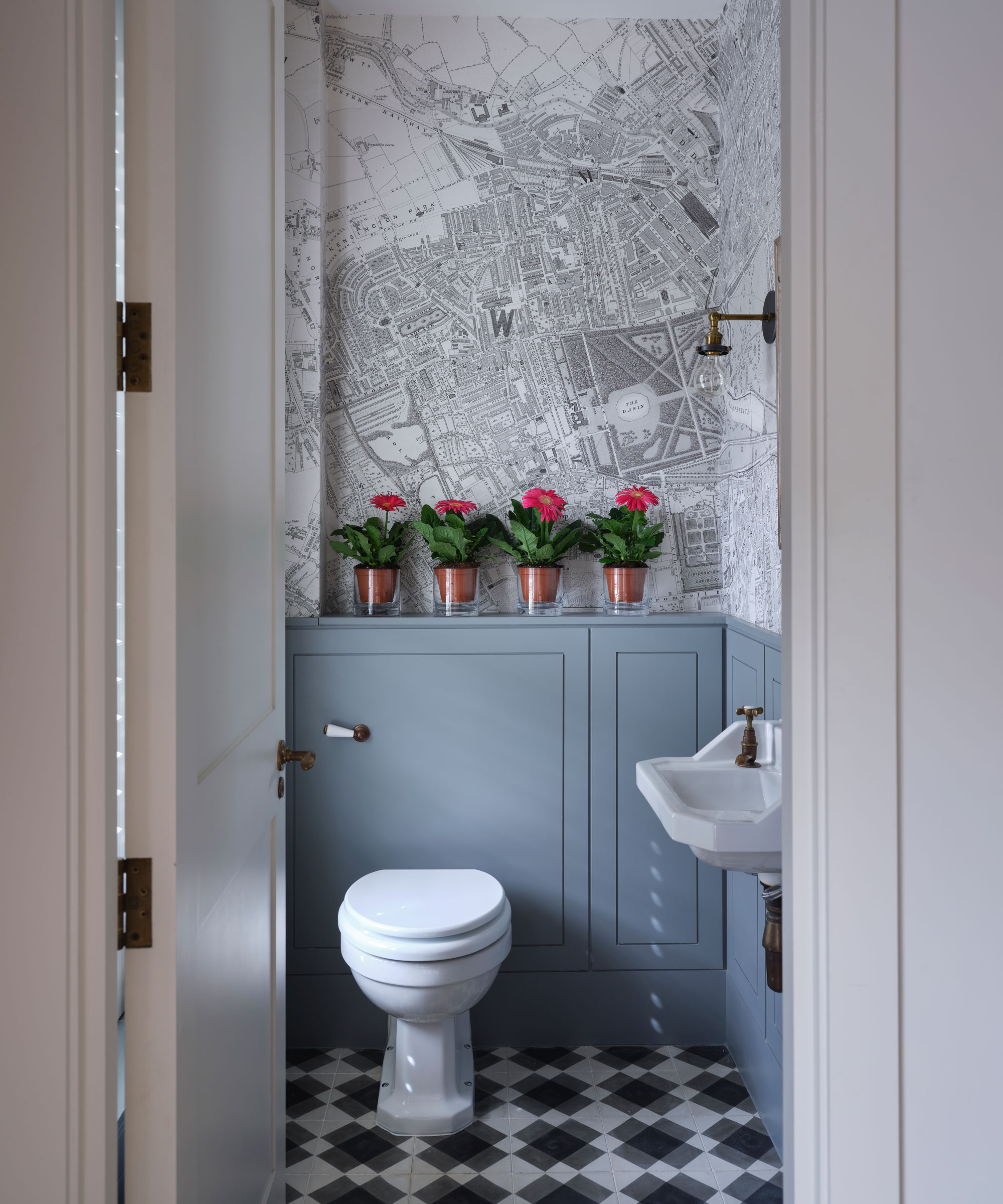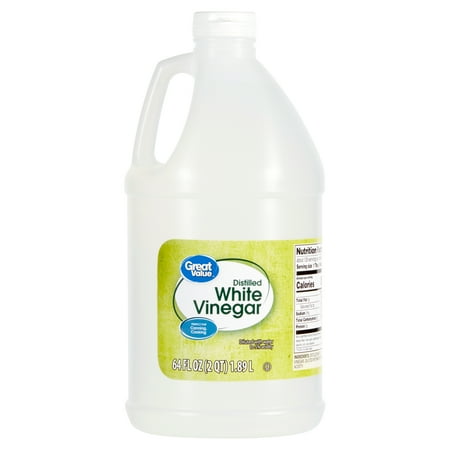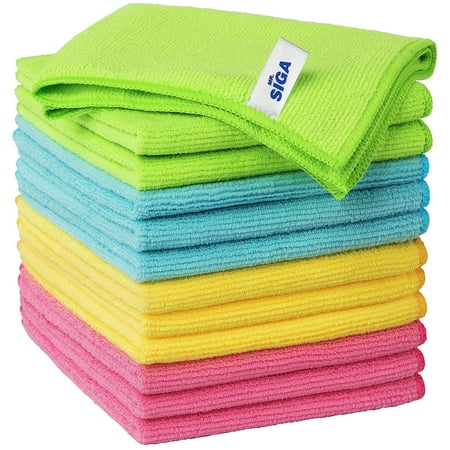
We are all guilty of a few bad habits that might leave our home looking a little worse for wear, but there is one unsanitary habit that could impact your family's health: Leaving the toilet seat lid up when flushing.
While it might seem more sanitary to avoid touching it altogether, leaving the lid up allows all kinds of germs and particles to propel across your bathroom at a distance of over three feet, and stay in the air for 15 minutes.
Here, professional cleaners and infection specialists have explained why the simple habit of closing the lid before you flush can not only resolve the sanitation risk but also make cleaning a bathroom easier.
Why you should never leave the toilet seat up
It is perhaps unsurprising that the toilet is one of the dirtiest places in a bathroom, but it is often made worse by leaving the toilet seat lid up when you flush.

Dr. Shanina C. Knighton, research associate professor, Frances Payne Bolton School of Nursing at Case Western Reserve University, explains, ‘When flushing without closing the toilet lid, microscopic droplets known as a "toilet plume" can be released into the air.
'This aerosol may contain fecal matter, urine, and potentially harmful microorganisms such as E. coli, norovirus, and Clostridioides difficile (Johnson et al., 2013; Verani et al., 2014).'
These droplets can settle on nearby surfaces, including toothbrushes, towels, toilet paper rolls, and personal hygiene items. Putting it down is a simple way of limiting this.
‘Scientific studies have confirmed that flushing can release droplets up to one-and-a-half meters into the air within seconds (Crimaldi et al., 2022),' says Dr Knighton.
'These aerosols can linger, circulate with air currents, and settle on high-touch surfaces (Johnson et al., 2013). Knowlton et al. (2018) found measurable bioaerosol concentrations up to one meter from the toilet and as long as 15 minutes post-flush. Verani et al. (2014) documented viral presence on 78% of surfaces and in 81% of sampled air.
‘As an infection preventionist, I make a habit of lowering the lid before flushing, especially with high-powered toilets. Some flushing systems produce enough force to propel contaminated droplets into the surrounding air. Without a barrier, there is increased potential for surface and airborne contamination.’

Closing the lid is a quick and simple thing that people with clean bathrooms always do.
Petya Holevich, house cleaning expert at Fantastic Services, adds, ‘From a maintenance standpoint, this helps reduce the need for frequent deep cleaning of the surrounding area.
'In contrast, toilet plume can also leave mineral deposits or water spots on mirrors and nearby tiles, especially in homes with hard water. This adds more to your regular cleaning workload.’
Avoiding bathroom cleaning hacks that don't work is also essential to keeping your bathroom safe and sanitary. Stick to proven cleaning tricks, such as the Clorox Ultra Clean Toilet Tablets, from Target, which you add to your tank to help sanitize your lavatory with every flush.
Petya adds, ‘Also, wipe down commonly affected areas regularly with a disinfectant to stay ahead of any buildup from past flushes and for a fresh-smelling bathroom.’
The Clorox Bathroom Disinfecting Cleaner, from Walmart, is a popular choice.
Alternatively, you can make your own three-ingredient non-toxic bathroom cleaner or opt for the EWG-verified plant- and mineral-based Attitude Bathroom Cleaner, also from Walmart, if you want to clean without harsh chemicals and create a non-toxic home.
The caveat

This approach to target hygiene is not entirely foolproof, however, and is in no way a substitute for regular cleaning.
As Dr. Knighton continues, ‘Although some studies question the full effectiveness of lid closure, the practice remains useful. Goforth et al. (2024) reported no significant difference in surface contamination based on lid position.
'However, Wilson et al. (2020) observed airborne droplets present 10 centimeters above the seat even 60 minutes after flushing with the lid closed.
‘While closing the lid may not eliminate all aerosolized pathogens, it does help limit their height and range. This precaution contributes to lowering the overall risk of exposure in both household and public restroom settings.’
This cleaning shortcut is mainly a limiting factor in contamination, helping you to find a better cleaning balance in your home.
What to shop

A 2020 study proved that vinegar and citric acid can kill many household germs, including some strains of E. coli, making it a great non-toxic alternative to harsh chemicals for cleaning a bathroom.

Reusable cloths can be used for heavy-duty tasks such as disinfecting a bathroom, so long as you know how to wash microfiber cloths correctly using hot water, detergent, and no fabric softener to kill bacteria without reducing absorbency.

Get into all the annoying nooks and crannies of your bathroom and toilet by using these detail cleaning brushes. They are perfect for awkward hinges on toilet seat lids.
FAQs
How often should you clean the toilet?
Toilets need to be cleaned regularly, preferably once per week, with a deep clean every few weeks. More often, if the toilet is heavily used or there has been sickness in your home.
Meet the experts
Dr. Knighton concludes, ‘Just remember that even with the lid closed, regular cleaning of the toilet lid and surrounding areas remains important, since some redirected droplets may still land on these surfaces. The bottom line: this small change in your bathroom routine, breaking bad home habits, can meaningfully reduce exposure to harmful bacteria and viruses.’







